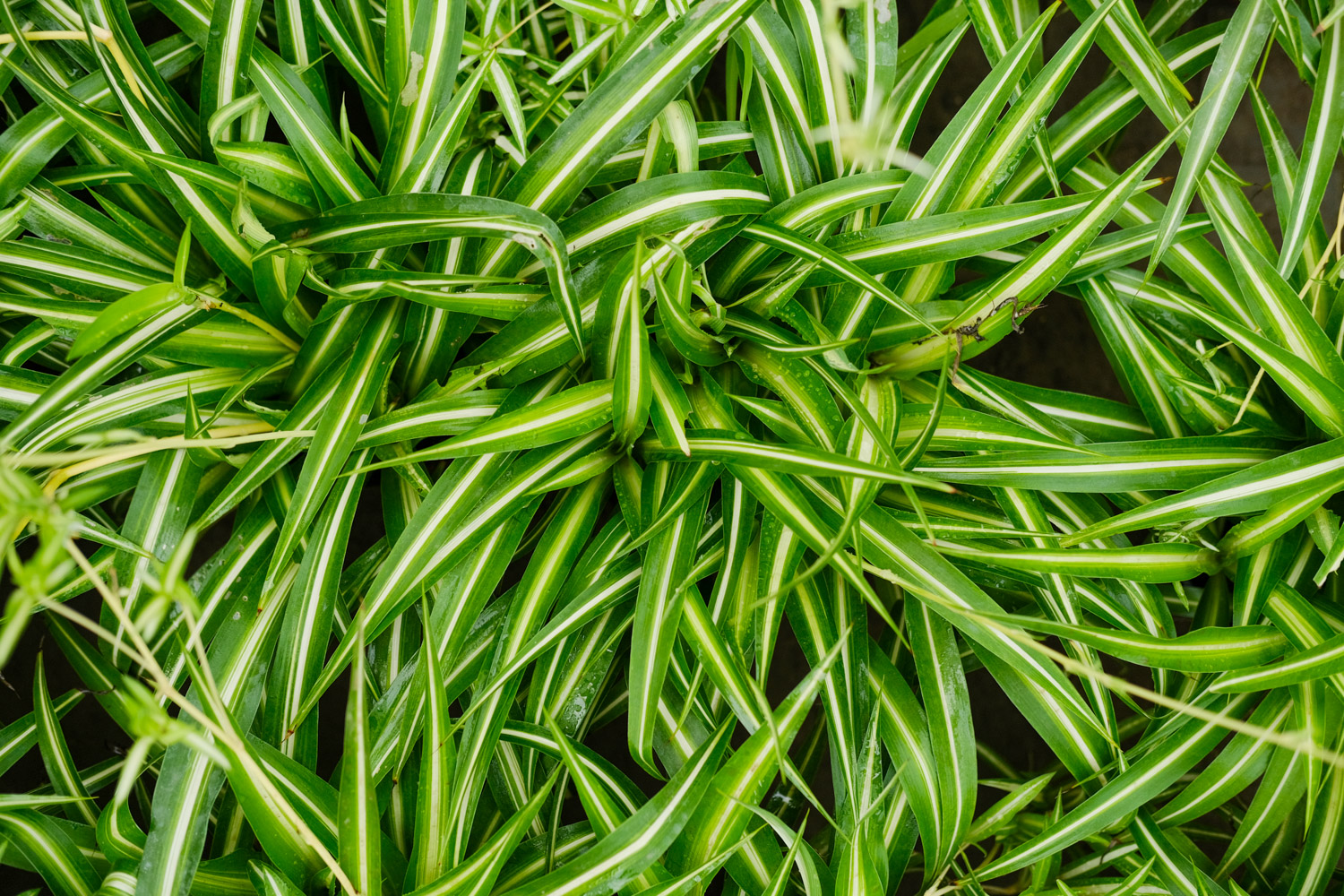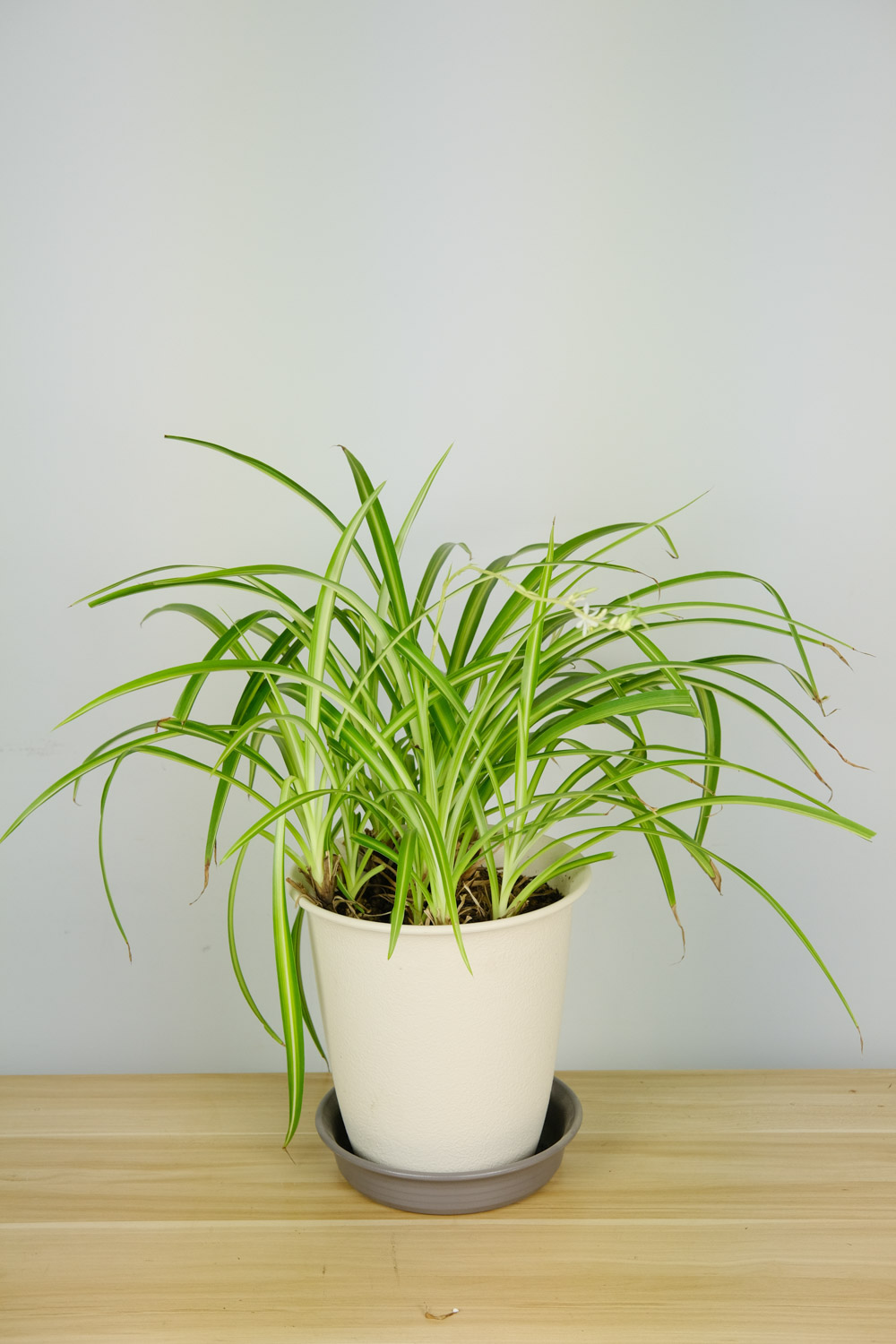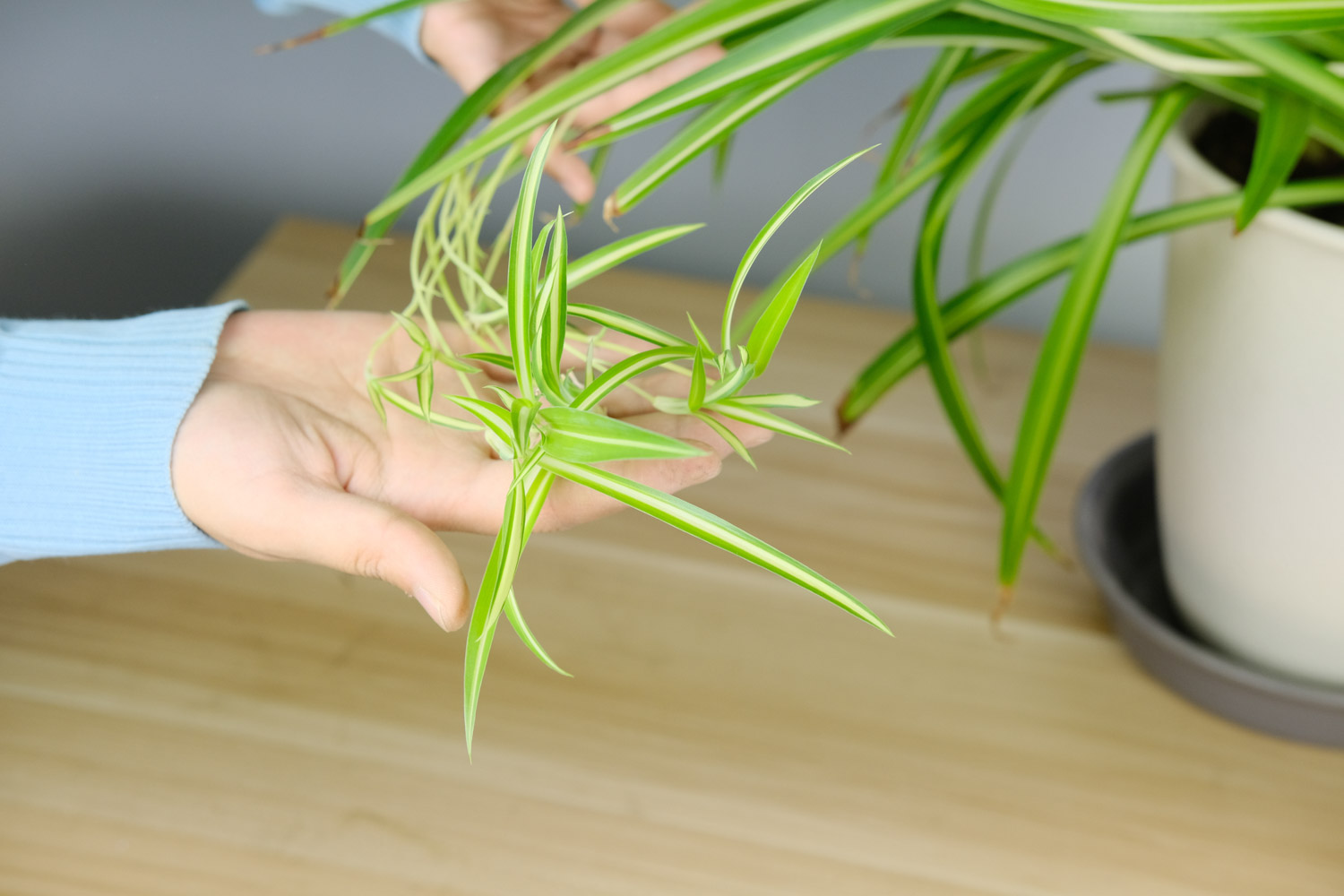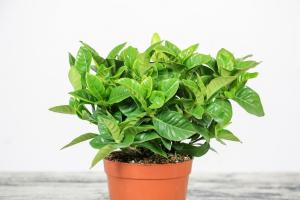Soak black beans and soybeans, and the Chlorophytum becomes a waterfall after drinking
Everyone has seen the nutrient solution made of beans. Soya bean water, but today Huahua wants to recommend another kind of beans - black beans

Black beans are rich in protein, fat, vitamins and trace elements. They are especially suitable for raising foliage plants such as Chlorophytum. Their fertility is not inferior to that of soybeans
1. Prepare expired black beans and soybeans


2. Boil the beans with boiling water and stir them with chopsticks to cook more evenly

3. After cooking, add cold water to soak, and let the beans absorb enough water while drying

4. Put soybeans and black beans in plastic buckets, add water (80% full), add a few more pieces of orange peel (anti odor), and put them in the corner of the balcony for fermentation

Note: open the cover every two days for ventilation. After 2 ~ 3 months, the clear liquid appears on the upper layer, and the Shiquan Dabu soup of Chlorophytum is finished

When in use, pour out the clear liquid and dilute it 20 times with water. Apply a little to Chlorophytum every month during the growth period. The leaves are oily and green, and the pot bursting force is very strong

Flower friends who don't want to be so troublesome dig a circle of pits along the basin of Chlorophytum and bury a few cooked black beans. The effect is the same

In addition to this "perfect tonic soup", Chlorophytum also likes to eat a "super nutritious soil". Here's how to do it
Three kinds of bark + manure, Chlorophytum ate crazy heading
As we all know, bark is a good treasure for raising flowers. There are three kinds of bark commonly used:
1. Loose and breathable pine bark, padded on the bottom of the basin to prevent rotten roots
2. Willow bark is rich in salicylic acid and other nutrients, which can promote rooting and small hanging
3. Camphor bark is rich in camphor oil, which has good insect repellent and bactericidal effects


Spread the bark of these three kinds of trees on the bottom of the basin, add some pastoral soil, pine needles and rotten dry chicken manure, and form a super nutritious soil. It's strange that Chlorophytum doesn't grow wildly after eating it

The soil is fat enough. What's left is to put the Chlorophytum on the balcony and dry it hard. If there is no light, the leaves will be very narrow and very thin, so it's not easy to smoke a small hanging

Chlorophytum is not afraid of drying. As long as it is watered frequently and ventilated quickly, it will be fine


 how many times do yo...
how many times do yo... how many planted tre...
how many planted tre... how many pine trees ...
how many pine trees ... how many pecan trees...
how many pecan trees... how many plants comp...
how many plants comp... how many plants can ...
how many plants can ... how many plants and ...
how many plants and ... how many pepper plan...
how many pepper plan...






























